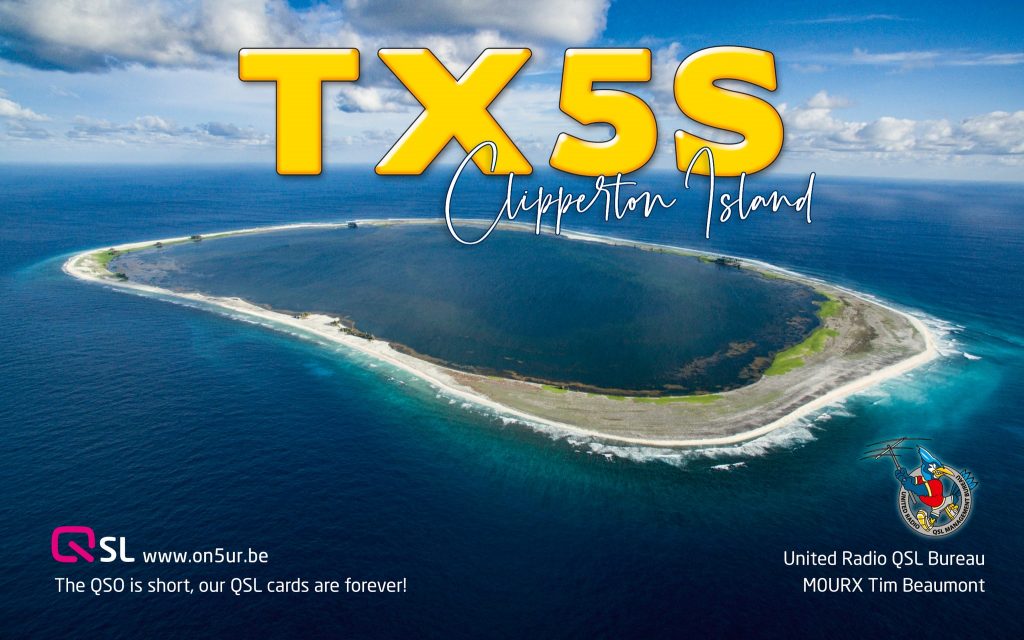 As anyone who has been on an expedition to an uninhabited Pacific Island knows, things change in an instant and you need to be flexible. The weather continues to be our challenge so we redesigned the campsite on the fly to a smaller footprint. We have one operating tent with 5 radio positions, 1 satellite tent, 1 combined HQ / science tent and 8 sleeping tents.
As anyone who has been on an expedition to an uninhabited Pacific Island knows, things change in an instant and you need to be flexible. The weather continues to be our challenge so we redesigned the campsite on the fly to a smaller footprint. We have one operating tent with 5 radio positions, 1 satellite tent, 1 combined HQ / science tent and 8 sleeping tents.
Second to the weather, the next major challenge is the reef that circles the island. Getting over the reef requires a boat that can sustain hull / bottom damage if (when) it hits the reef, and it will strike the reef. The winds are typically 15 – 20 knots, the photos you see of the surf are what we’re seeing 24 hours a day.
With the revised footprint we are removing non-essential equipment from the island before the actual departure date, which was planned for about Jan 30th. The journey to the island took an extra day so we need to consider that on the return trip. The skipper will establish the actual departure day, he’s closely monitoring the weather situation.
Today the 80m and 60m, antennas were installed. We’ll spend a couple of days on 80 then re-provision it for 160. We do have a dedicated 160m antenna but believe it’s too windy to install. We made some contacts on 6m and will be on 6 EME at our moon rise today.
Everyone is in good spirits, a few minor scraps and scratches, but nothing requiring more than a band aid.
As you probably know, to date, the bands have been smoking hot. At this writing over 30,500 QSOs with a 2.2% dupe rate. The pileups are constant and “energetic. We do appreciate it when we ask the pileup to QRX and allow the operator to work a particular caller. We’re meeting our objective, we’re told a lot of ATNOs are being claimed.
It remains very hot and humid during the day, with some moderation at night. Cheers, GS K5GS for the TX5S Team
